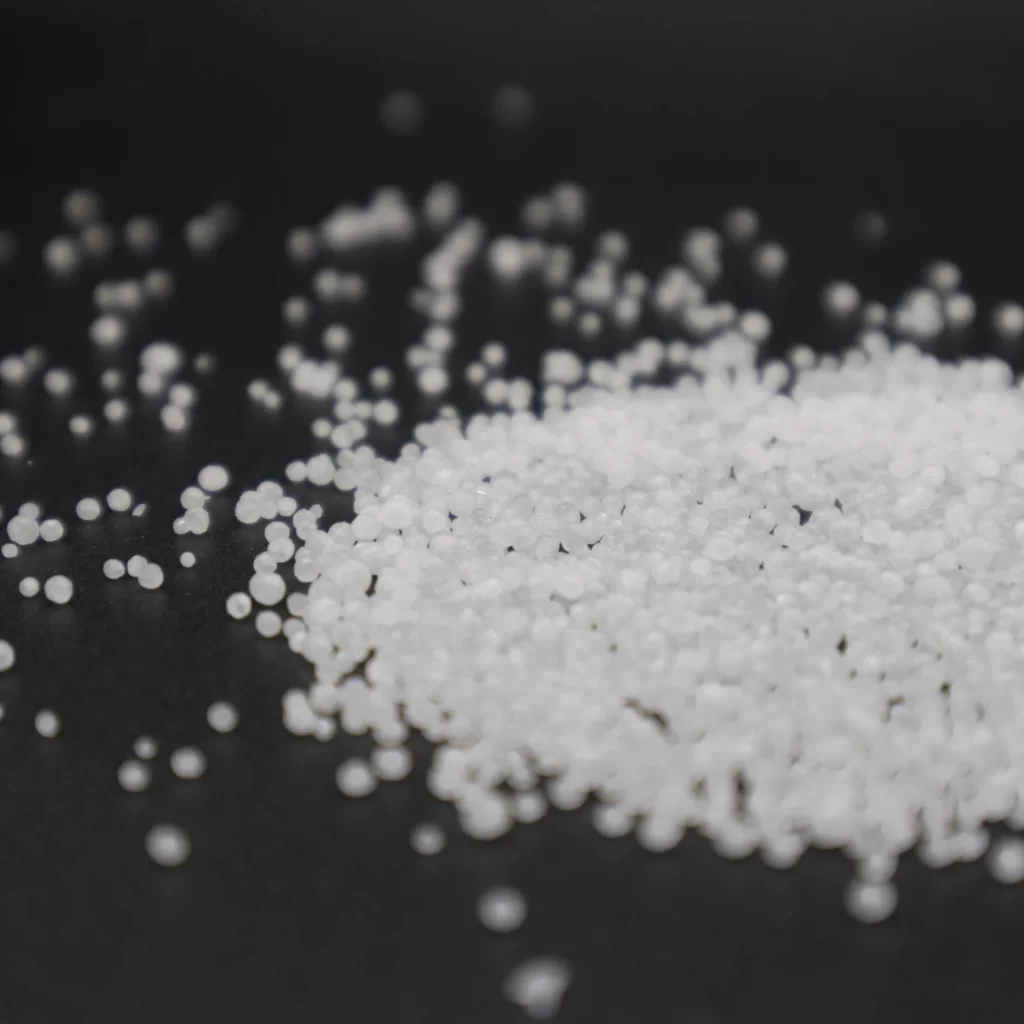Granular urea fertilizer
Granular urea fertilizer | Granular urea is a highly concentrated nitrogen fertilizer widely used in agriculture to promote plant growth. It provides essential nitrogen, which plants need for photosynthesis, protein synthesis, and overall development.
Key Characteristics:
- High Nitrogen Content: Granular urea contains 46% nitrogen, making it the most nitrogen-dense fertilizer available. This makes it very efficient in supplying nitrogen to crops, with smaller amounts required compared to other fertilizers.
- Granular Form: The granular form of urea is larger and rounder compared to prilled urea, which is smaller and more delicate. Granular urea is preferred for mechanized spreading over large areas, allowing for even distribution.
- Cost-Effective: Urea is often cheaper than other nitrogen fertilizers such as ammonium nitrate, making it a preferred choice for large-scale farming.
How It Works:
When applied to soil, granular urea undergoes a hydrolysis process, where soil enzymes convert it into ammonia, which is then further transformed into ammonium or nitrate, forms that plants can absorb.
Application Methods:
- Broadcasting: Urea is spread uniformly over the soil surface.
- Incorporation: Tilling the soil to mix urea into the soil reduces nitrogen losses through volatilization (ammonia gas loss).
- Fertigation: Urea can be dissolved in water and applied through irrigation systems.
Pros:
- Efficient Nitrogen Supply: Delivers high amounts of nitrogen to crops, leading to vigorous plant growth and improved yields.
- Economical: Its high nitrogen concentration means less product is needed compared to other fertilizers.
- Versatile: Can be used for many crops and application methods.
Cons:
- Risk of Nitrogen Loss: If left on the soil surface, urea can lose nitrogen as ammonia gas. To prevent this, urea should be incorporated into the soil or used with inhibitors.
- Soil Acidity: Continuous use of urea can lead to soil acidification, which may require soil amendments like lime.
Best Practices:
- Timely Application: Apply urea just before irrigation or rainfall to minimize nitrogen losses.
- Use of Urease Inhibitors: These slow the conversion of urea to ammonia, reducing nitrogen volatilization.
Granular urea is an essential component of modern agricultural practices, particularly for crops requiring high nitrogen inputs like cereals, vegetables, and sugarcane.

(FAQ)
What is granular urea fertilizer?
Granular urea is a nitrogen-rich fertilizer with 46% nitrogen content. It’s a dry, solid fertilizer in the form of small, round granules. Urea is commonly used in agriculture to promote plant growth and improve crop yields by providing an essential nutrient: nitrogen.
What is the difference between prilled and granular urea?
- Prilled Urea: Smaller particles, usually preferred for smaller areas or specific applications.
- Granular Urea: Larger, round granules, making it ideal for even spreading over large fields.
Can urea be used in organic farming?
No, urea is a synthetic fertilizer and is not allowed in organic farming systems. Organic farms typically rely on natural sources of nitrogen, like compost, manure, or nitrogen-fixing plants.
How long does granular urea last in the soil?
Once applied, granular urea begins to break down within a few days to a week, depending on factors like soil temperature, moisture, and microbial activity. It quickly releases nitrogen that plants can absorb, but if not properly managed, nitrogen can be lost through volatilization or leaching.
Can urea be mixed with other fertilizers?
Yes, but caution should be exercised when mixing urea with other fertilizers. For example, mixing with superphosphate can cause chemical reactions that reduce the effectiveness of both fertilizers. It’s best to consult an agronomist for proper mixing guidelines.
